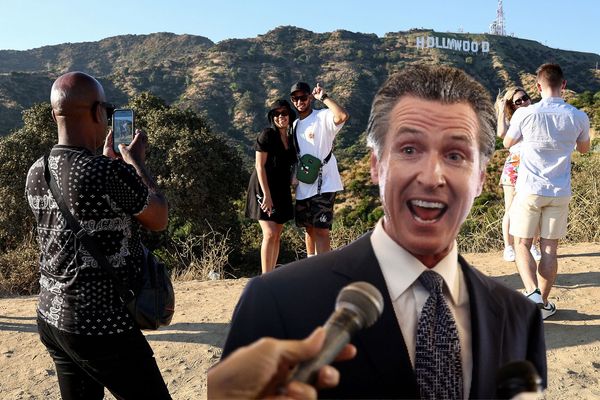Last week the Supreme Court struck down the Biden administration’s student loan forgiveness plan, which would have done away with as much as $20,000 per borrower. And that was the second blow to borrowers in recent weeks. The first was when House Republicans used the deal to raise the nation’s debt ceiling to force borrowers to start paying back their loans in October, which is sooner than planned.
Some macroeconomists who have spoken out against forgiveness, fearing it would either spark inflation or represent fiscal malfeasance or both, should remember that the plan is not large enough to move the needle on macroeconomic conditions. In reality, the plan was primarily about the positive effects on individuals, not gross domestic product or inflation. The bipartisan Congressional Budget Office estimated that the loan forgiveness program would have cost $400 billion over the next 10 years, but that’s only around 1% of the $25 trillion economy annually.
Advocates have fiercely debated how to best structure student loan forgiveness, and President Joe Biden said he’s not giving up. “We’ll use every tool at our disposal to get you the student debt relief you need and reach your dreams,” he said Friday at the White House. A key sticking point was whether Biden’s plan was progressive or regressive, especially whether it would have improved racial wealth equity. With the Supreme Court ruling, such debates are largely moot now. Congress is the only path to forgiveness, and that’s unlikely to happen anytime soon.
The Biden administration and advocates who had been pushing for broad-based forgiveness should focus on the narrower program already on the books: the Public Service Loan Forgiveness program. A fresh look might improve the PSLF program for public servants and help meet at least some of the administration’s goals. In the PSLF program, recipients must make loan payments and work full-time in a public service job, in the military, or at a qualifying non-profit. The top occupational groups eligible are teachers, doctors and social workers, and protective services (such as police and firefighters). After 10 years, a borrower’s remaining loan balance is forgiven.
Sure, the program is much smaller than the plan envisioned by the Biden administration, and, in principle, it sounds simple. But the PSLF needs to work on low take-up, and the implementation of that is burdensome, especially the verification of work and workplace. In 2017, when the first cohort completed the 10-year program, only 96 borrowers received loan forgiveness. The following year was not much better, with a little under 400. Finally, by the start of 2022, some 84,000 had received PSLF loan forgiveness. But that’s out of 3.5 million borrowers who are likely eligible for the program. Low completion rates are due, in part, to the implementation of benefits. Recertification — the annual process to verify that a borrower is still eligible — is a particular sticking point. For example, a borrower must get a signed form from their employer yearly to show eligibility.
Given that the PSLF was not fulfilling its mandate, the Department of Education created a temporary waiver from October 2021 to October 2022. The key innovation was to allow borrowers to receive benefits after the fact. In the normal system, an eligible borrower starts the program in year one of repayment and then proceeds for 10 years through the end of the program. With its simpler administration and requirement, the waiver had noticeably increased the number of borrowers getting loan forgiveness. But it expired in October. An excellent first step toward improving the program would be to make permanent changes like retroactive benefits as was the case with the temporary waiver.
In contrast, the take-up on Biden’s plan looked like it would have been high, with the administration estimating that 40 million borrowers would have been eligible. Some 26 million — more than two-thirds of the eligible – had signed up for the program in a matter of weeks. Yes, the programs are different, but the gap is so wide that there must be lessons on outreach for the PSLF from Biden’s plan.
And there’s a lesson for everyone. Sarah Turner, a professor at the University of Virginia, and her co-authors found in a study of the PSLF plan that enrollment is a big factor in which groups — whether by income, race/ethnicity, or education — receive disproportionate more benefits. This type of analysis is called “distributional analysis.” It’s not enough to look at the legislation; it’s essential to see what happens in the real world. The goal should be 100% enrollment, as getting close as possible will do policy as intended.
Friday’s court decision was a hard day for many. But it’s also a chance to exchange ideas with other forgiveness plans. And before that, focus on getting the best possible loan repayment.







